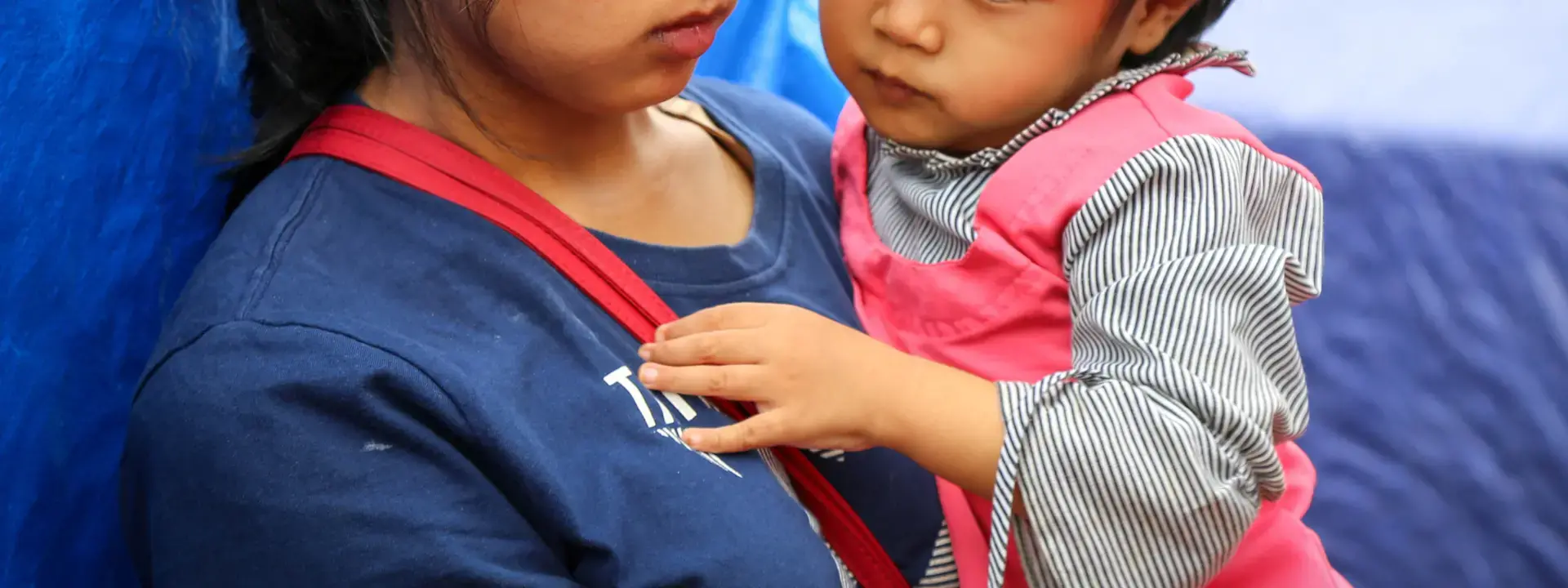Female genital mutilation (FGM) is a practice that involves altering or injuring the female genitalia for non-medical reasons. Many female survivors are subjected to it as infants or young children, unable to consent or comprehend. Often, they only discover the truth years later. FGM has no medical benefits and can causing life-long physical and psychological consequences.
The practice is a violation of human rights.
An estimated 230 million girls and women worldwide have undergone FGM, of which 80 million live in Asia.
There is evidence to suggest that FGM is also being practiced in most countries in Southeast and South Asia including Brunei Darussalam, Cambodia, India, Indonesia, Malaysia, Maldives, Pakistan, Philippines, Thailand, Singapore, Sri Lanka and Viet Nam.
Despite this wide prevalence, the Asia region is alarmingly absent from the global agenda on the elimination of FGM due to the lack of political will to bring this issue to the surface.
In some parts of Asia, the procedure of FGM is considered 'safe' due to the increasing trend of medicalization of FGM. Medicalization refers to cases where FGM is carried out by a healthcare worker or professional, in any location, but usually in healthcare settings. This shift towards the medicalization of FGM/C stems from the perception that the practice will not be harmful if it is carried out by medical professionals, which is not the case. There is also a reluctance of using the term ‘FGM/C or ‘mutilation’ in the region, instead it is often referred to euphemistically as female circumcision to keep it as a ‘minor’ issue.
UNFPA estimates that 68 million girls are at risk of undergoing female genital mutilation between 2015 and 2030: 35 per cent will be in Asia.
Every woman and every girl deserves to live free from harm, with her dignity and bodily autonomy fully respected.
To protect these girls, we must remain invested to meet the zero target, through wider partnerships and cost-efficient approaches to scaling up interventions that challenge the social norms that perpetuate the practice. Governments, donors, the private sector, communities, grassroots organizations, girls, women, boys and men, all have a role to play as agents of change to ensure that girls grow up free from this harmful practice.
Why is female genital mutilation still practiced?
FGM continues in parts of Asia because of deep-rooted harmful gender norms linked to cultural and religious beliefs, social pressure, and traditions passed down through generations.
The issue is often kept behind closed doors. In some communities, it is seen as a rite of passage, while in others it is linked to ideas of purity, modesty, or marriageability.
In many countries FGM is often performed in infancy and justified as a religious obligation, despite growing opposition from faith leaders. Families may also feel pressure to conform because they believe others in their community expect it.
These social norms make change difficult, but awareness, education, and strong advocacy are helping more communities question and abandon the practice.
What “works” in ending female genital mutilation
Evidence shows that education, social marketing and media, involvement of religious and cultural leaders and health workers, as well as health education and formal education are effective in changing attitudes.
There is a need to build the pace and scale up such interventions to contribute to the elimination of female genital mutilation.
Medicalization of female genital mutilation
Approximately 1 in 4 girls and women aged 15 to 49 who have undergone female genital mutilation – 52 million individuals in total – were subjected to the procedure by health workers. In some countries, this proportion rises to as high as 3 in 4.
In Asia, a worrying trend is the growing medicalization of FGM—where the practice is performed by health workers, often in clinics, under the belief that it is “safer.” In some countries, many parents turn to midwives or doctors for the procedure, thinking this reduces harm. In reality, FGM has no medical benefits and can cause life-long physical and psychological consequences, no matter who performs it.
The involvement of health professionals risks legitimizing the practice and makes it harder to end. Health workers who perform FGM are violating girls’ and women’s rights to life, physical integrity and health, as well as violating the professional code of conduct to “do no harm.”
UNFPA works in partnership with the health sector, including midwives who make up the largest health workforce at the facility and community level. UNFPA and partners are also working with health ministries, professional associations, to change the narrative, strengthen training, and ensure health systems become champions in protecting girls’ rights instead of perpetuating harmful traditions.
What UNFPA is doing in the region
UNFPA is the leading UN agency in ending FGM in Asia. Ending female genital mutilation is one of the four transformative results in UNFPA’s global strategic plan (2026 – 2030).
UNFPA is working to build stronger evidence on FGM, raises awareness, and advocates for governments and communities to protect the rights of women and girls. A major focus is stopping the medicalization of FGM/C—where the practice is carried out by health workers—and ensuring that health systems, especially midwives and doctors, have the training and resources to prevent and respond to cases.
UNFPA is also engaging religious leaders, youth groups, and women’s organizations to challenge harmful social norms and drive change from the ground up. Importantly, all efforts are inclusive of women and girls with disabilities, ensuring that no one is left behind.
UNFPA leads the Joint Programme on the Elimination of Female Genital Mutilation in partnership with UNICEF. This is the largest global programme to end the practice, and has been operational since 2008.


